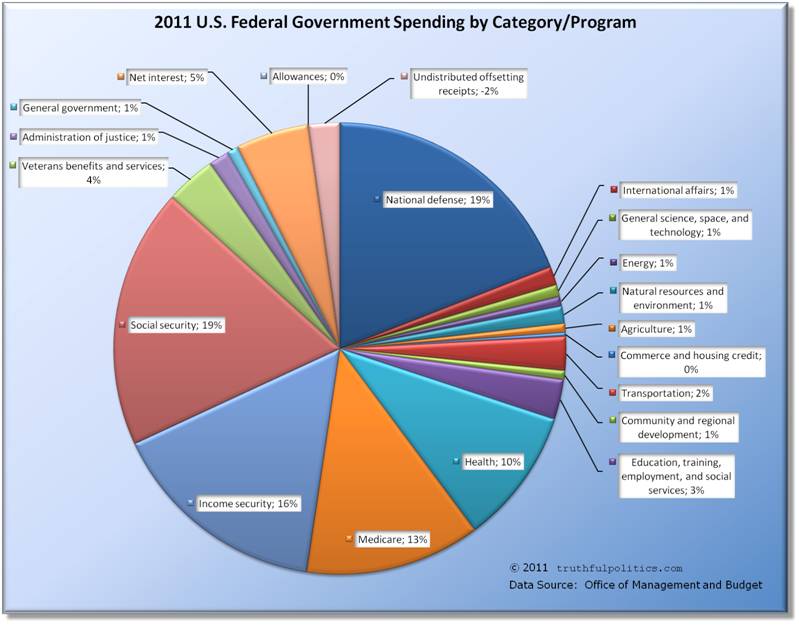Source #1 : http://nces.ed.gov/pubs2013/2013344.pdf
Source #2:http://www.heritage.org/research/reports/2008/09/does-spending-more-on-education-improve-academic-achievement#_ftn5
All three levels of government – federal, state, and local - contribute to education funding. States and local governments provide about 44 % each of all elementary and secondary education funding. The federal government contributes about 12 percent of all direct expenditures.
- Total spending on K-12 public education. The United States spent $553 billion on public elementary and secondary Education in 2006-2007,which is 4.2 percent of gross domestic product.
- . The chart below illustrate that in the Fiscal year of 2011, state and local governments provided the larger share of the elementary and secondary education funding as 44 percent each . Local governments provided 44.0 percent, and the federal government provided 9.2 percent.
The share of education funding that state, and local governments provide has changed greatly over time. Elementary and secondary education was funded largely by local governments and states played only a supporting role. Today, states play a large and increasing role in education funding, a trend that emerged in the 1970’s when state education spending first overtook local relevant spending at about 44%. The federal government's funding share remains relatively flat in the line graph below, though it has slowly increased up to 16%, along with the role of the federal government in education policy.
According to the two charts below,
The amount is different from state to state though a variety of formula and competitive grant programs. In some states the federal share of total elementary and secondary education funding is less than 5% of the total, while in other states it can be up to 16%.
The bar chart below show that the share of total education funding provided by the state government varies from state to state. In some states the state share is as high as 82 percent(such as Hawaii), while in others it is as low as 29 percent(such as Missouri). States dependent heavily on local property taxes rather than state funding to run elementary and secondary schools, often have larger funding disparities between school districts in the state,which may implies the quality of the school's facility.
Should the Government Spend More on Elementary and Secondary Education?
(I am interested about this article because I had the same view of most Americans that the government should allocate more money on public education,the more the better.)
Many Americans seem to share a view that the Government allocate insufficient money in public education.But the historical tendency indicates that the Government outlays on public education is consistently high. In fact, the per-pupil expenditures in 1970-1971 ($4,060) were less than half of per-pupil expenditures in 2005-2006 ($9,266) after adjusting for inflation.
Two Charts below compare real per-pupil spendings with the U.S student's test scores from the year on the long-term National Assessment of Educational Progress (NAEP) reading examination(1970-2004). Although spending on per students rises sharply in the first chart, reading scores remains flat at the same period.
The charts shows that any effect of public education fundings on academic outcomes depends on how the money is spent, instead of how much money is spent.


.png)


.png)
.png)



